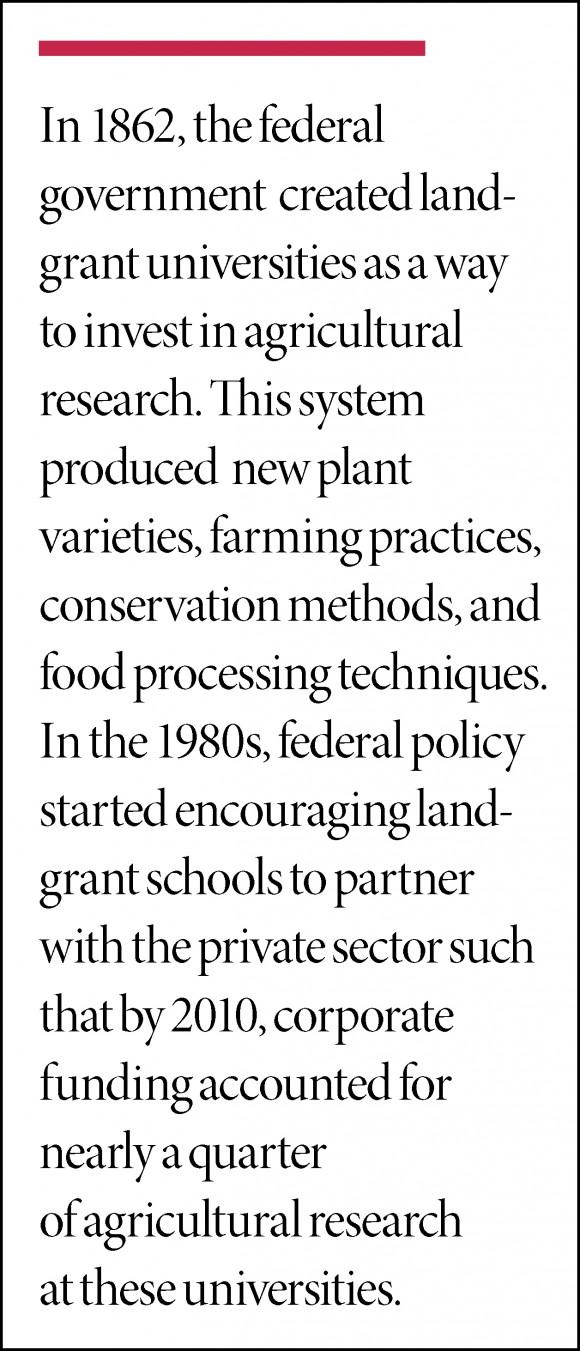
The words “studies show” and “scientists say” are used to explain the rationale behind all kinds of decisions. Policymakers use them. Activists use them. They run through the minds of shoppers choosing organic products and mothers deciding whether tap water is safe for their children to drink.
But some studies are funded by organizations that stand to benefit from a particular result. And there are many ways that study conclusions can be made to lean the most profitable way. Researchers’ choices in interpreting and presenting data can wittingly or unwittingly skew results.
A truly informed public needs to be aware that there’s more to science than just the conclusion presented in a headline.
Conflicts of Interest
Knowing of a potential conflict of interest (COI) is important in determining whether a study may be biased, said Tim Schwab, a researcher at Food and Water Watch. Yet it isn’t always that easy.
While scientific journals normally require study authors to disclose potential COIs, this requirement often is not stringently enforced.
Non-disclosure is a common occurrence, according to a study led by Johan Diels at the Biotechnology College of the Portuguese Catholic University that compared industry-funded and non-industry-funded studies on genetically modified organisms (GMOs).





